The palate tastes it and is astonished. The fine scent of the Arabica still breathes the mountain air and care it needs. Areas at 600 m to 1800 m above sea level are best suited for growing.
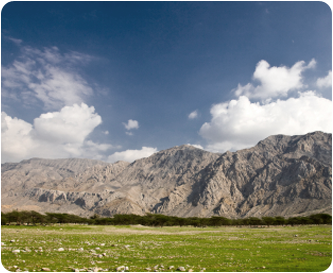
The palate tastes it and is astonished. The fine scent of the Arabica still breathes the mountain air and care it needs. Areas at 600 m to 1800 m above sea level are best suited for growing.
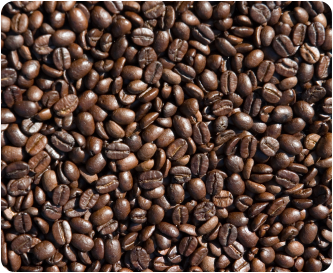
From 1000 to 200: En route to raw coffee, only one-fifth is left over – regardless of which bean or refining method is involved.
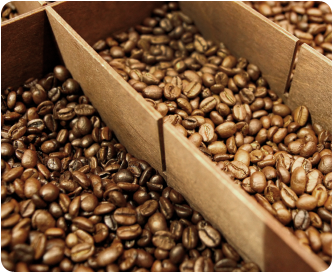
Unripe beans in raw coffee can ruin the flavour of an entire package. That is why sorting machines, with a throughput of 400 beans per second ensure purity for the Arabica.
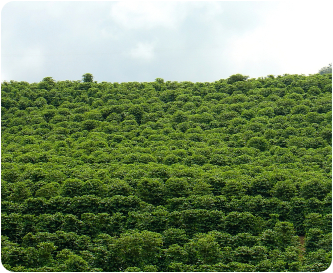
The prevalence as far as Central America – at the right height, Arabica grows in Vietnam and Mexico, from 22 degrees latitude north to 26 degrees latitude south.
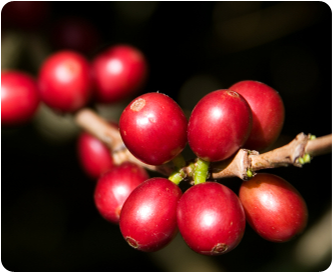
The Arabica needs 9 to 11 months to ripen - for plants, this is a long time for the path from blossom to fruit
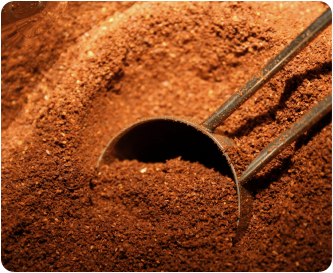
The Arabica is not only distinguished by its fine flavour. It is also extraordinarily mild, it contains approx. 1.1 to 1.7% caffeine: 2 times lower than in other varieties
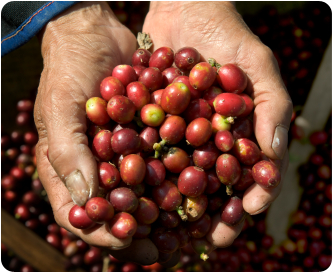
Brazilian Arabica is harvested using the stripping method. The berries are stripped from the branch, spread out and dried until the beans can be removed without any residues.
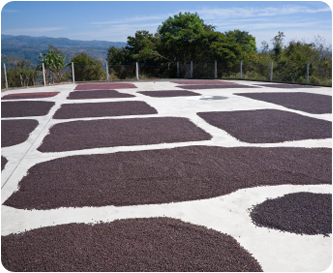
The no.1 in terms of quality among the Coffea Arabicas are the “Colombian” / “Other Milds”. The berries are picked from the branch by hand (picking method) and wet processed, i.e. directly washed, pre-sorted with their skin and fruit flesh removed immediately. After the beans are washed again they are dried.

